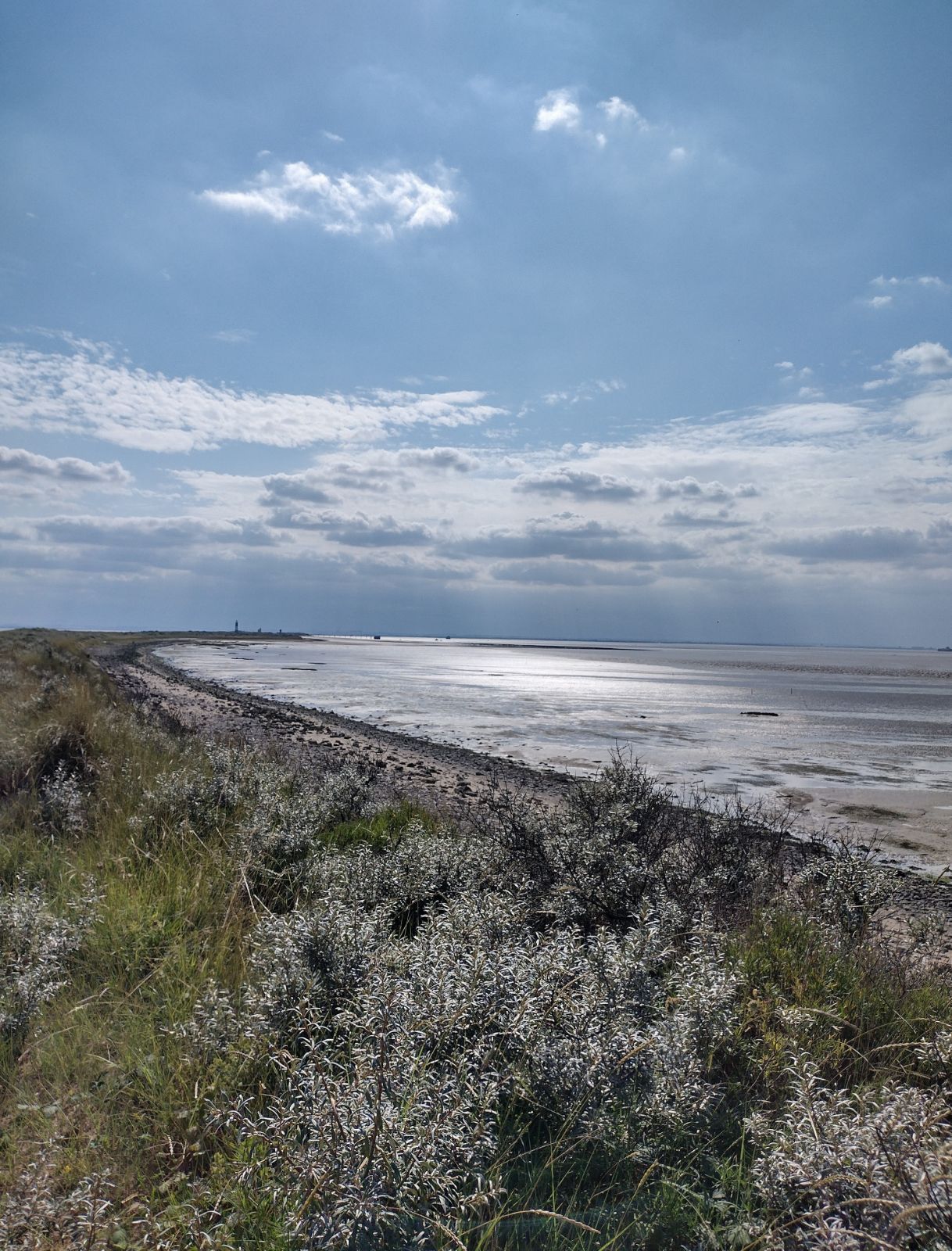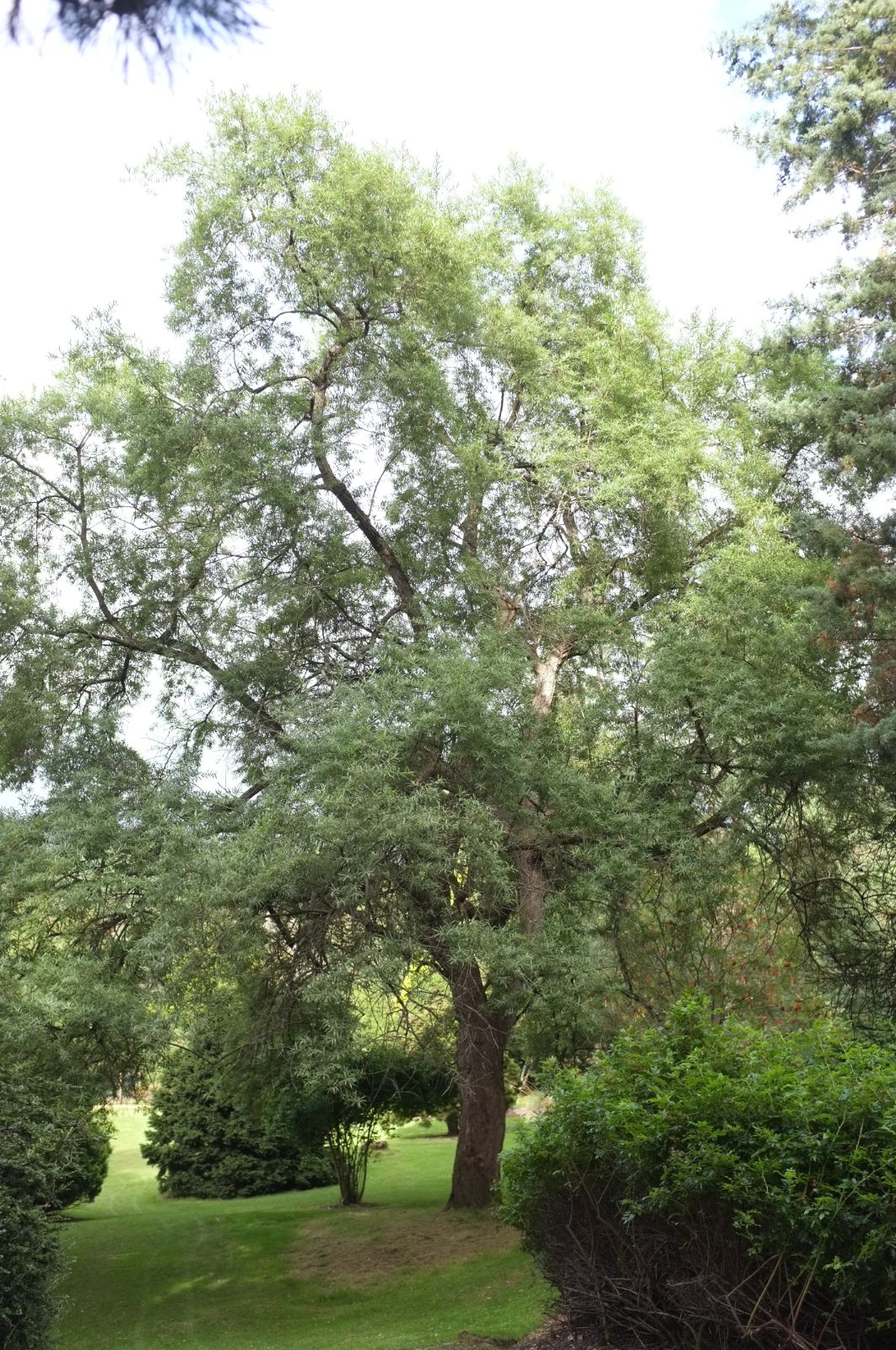Hippophaë
Credits
Article from Bean's Trees and Shrubs Hardy in the British Isles
Recommended citation
'Hippophaë' from the website Trees and Shrubs Online (treesandshrubsonline.
Family
- Elaeagnaceae
Two species of deciduous, dioecious willow-like trees and shrubs found in Europe and temperate Asia. Leaves alternate. Flowers inconspicuous and of no beauty; the male with two sepals and four stamens; the female with a single one-styled ovary surrounded by a receptable which in the fruiting stage becomes fleshy, enclosing a one-seeded stone. In both sexes the flowers are borne at the base of lateral shoots but often the axis of the shoot does not develop beyond the flowers, or is converted (in female plants) into a spine. The genus is allied to Elaeagnus and Shepherdia; the former differs in its bisexual flowers and scaly, silvery fruits; the latter has opposite leaves. For cultivation, see H. rhamnoides.


